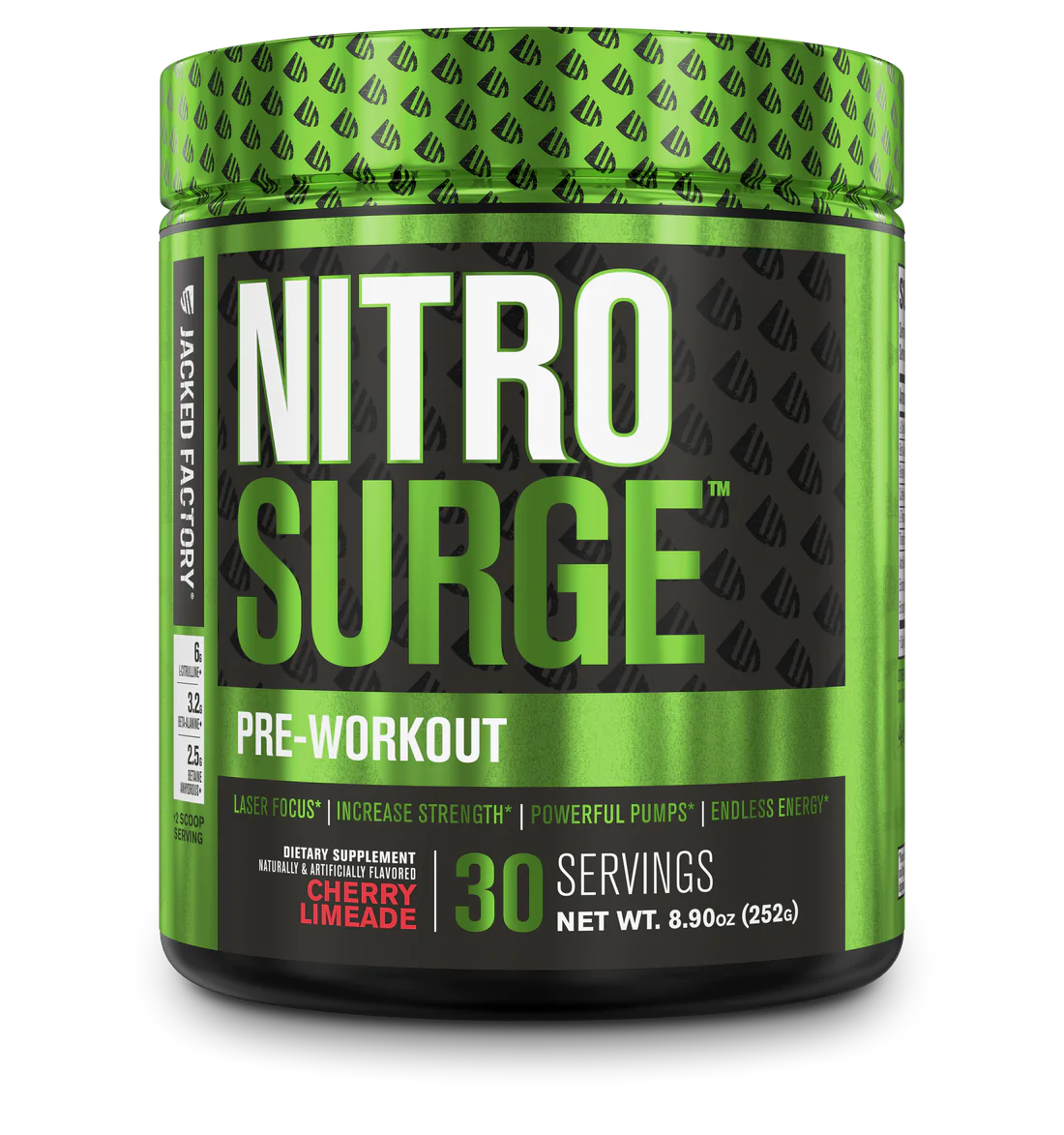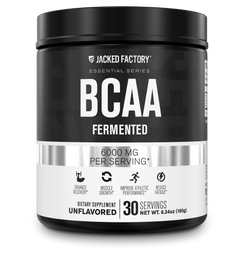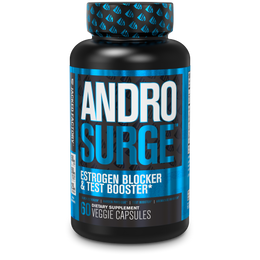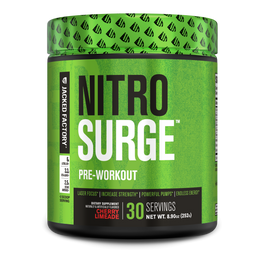If you had the chance to read our complete guide to whey protein, then you might be wondering if there are any affordable ways to make protein powder yourself. Although not many people know this, you can actually make both whey and casein protein in the comfort of your home with only two ingredients: skim milk and vinegar.
Chemistry for Meatheads
This is a fun project to do at home and, what I feel, is a great bodybuilding introduction to some simple chemistry concepts. Casein protein exists as a calcium salt (calcium caseinate) in milk, and upon the addition of an acid, will fall out of solution. Remember, acids favor the dissolution of salts via La Chetelier’s principle, which is exactly what we want in this case.
The easiest way to force this reaction is to purchase skim milk (0% fat) (which is weakly acidic), vinegar (which is a diluted solution of acetic acid) and water. Thus, when you combine the stronger acetic acid with milk, calcium caseinate salt precipitates.
Read on for the simple step-by-step guide to make your own whey and casein protein powder.
Ingredients needed: Skim milk and distilled vinegar.
How to Make Protein Powder at Home
Step 1
In a saucepan on the stovetop, heat milk until warm (not hot) and then slowly pour vinegar into the milk (stir while pouring). It shouldn’t take much vinegar before you see the casein protein begin to clump. The milk itself should clear up substantially.
Step 2
Filter the milk-vinegar solution through a coffee filter; this will leave the casein in the coffee filter and your almost-clear milk solution in a  new container. Set this aside.
new container. Set this aside.
Step 3
Take your casein protein and add it to a blender with a small amount of water (relative to your casein amount). Your goal is to pulverize and powder the casein. After doing so, filter through a coffee filter once more and set aside to dry (drying may take up to 72 hours).
Step 4
Bringing the focus back to your milk solution, pour the solution back into the saucepan on stovetop and heat once more, stirring as heating. After about 10-15 minutes, you should have a slow rolling boil. Turn the heat off and wait a few minutes for everything to come out of solution; this will be denatured whey.
Step 5
Filter the solution on the bottom through a coffee filter. This will leave you with a second powder; this is your whey protein and will need to be set aside with the casein to dry.
Notes: The time-consuming aspect of this process is filtering. Buying large filters will help. From my experimentation, milk protein is about 80-85% casein and 15-20% whey depending on the milk quality and source.
The Power of Milk
Cow’s milk seems to get a ton of flack from the media and vegans; the latter of which claims it is the single greatest poison to humans (although there is not much data to confer this). In reality, the milk proteins taken from dairy cattle is arguably the greatest natural food source of bioavailable protein for humans. Milk protein is roughly 80% casein protein and 20% whey protein, each of which is rich in branched-chain amino acids (BCAAs) and specifically L-leucine.
As some readers know, L-leucine is important for stimulating muscle protein synthesis. This is precisely why we include a clinical dose of 4 grams of L-leucine per serving in our post-workout product POWERBUILD.
To get back to the power of milk, I want to provide you with a few studies that show just how potent even a glass of this can be. A study in 2007 compared the difference in skeletal muscle gains over a 12-week period among healthy teens who lift weights and consumed one of three beverages after training: skim milk, soy milk, and a maltodextrin-based beverage. All groups received an isoenergetic beverage regardless of what drink they took. In simpler terms, they all consumed the same amount of calories post-workout.
Study Results
The results show that 500mL of skim milk taken after training for 12-weeks increases skeletal muscle tissue by nearly double than soy milk (21g of hydrated muscle tissue vs. 10g, respectively). Moreover, the carbohydrate-only group vastly underperformed in all measurements throughout the study period. See the chart below for the results of one-rep max increases over the 12-week study period.

It’s pretty amazing how even soy milk did quite well in terms of strength increase, but still did not perform as well as skim milk on any parameters. Not surprisingly, the group taking a carbohydrate-only beverage after training had a muscle protein balance barely above baseline.
Protein Powder vs. Milk: Which is Best?
It may shock readers, but a large body of evidence suggests that isolated whey and casein protein actually pale in comparison to milk consumption after training. Research comparing milk consumption with pure whey and casein proteins shows that postprandial nitrogen utilization with milk tends to support greater anabolism than both whey and casein proteins alone.
The mechanism for this difference is not well understood at this time; nevertheless, these data are supportive of the concept that milk proteins have an innate superior capacity to bolster post resistance training muscle protein accretion than do soy protein, pure whey protein, and pure casein protein. Furthermore, other research corroborates that this effect is not solely due to amino acid content.
Current theory suggests that dairy proteins and calcium content in milk accelerate fat loss; thus, individuals in these studies exhibit greater gains in lean body mass, even while in positive energy balance. Calcium, in particular, appears to support fat loss by increasing whole-body fatty acid oxidation. Research purports this is due to a reduction of 1, 25-dihydroxyvitamin D3 (active vitamin D) levels in the body, which tends to suppress lipolysis. Part of vitamin D’s role in the body is to maintain calcium homeostasis; when calcium intake is low, vitamin D stimulates cells to release calcium into the blood, which has consequences in many tissues (especially bone and adipose).
Take-Home Points
Now that we’ve got the scientific jargon out of the way, the main things to take home are that milk is a potent muscle-building food and can even enhance fat loss. Ironically, this article teaches you how to isolate whey and casein protein from milk despite being inferior. However, whey and casein proteins still serve as excellent sources of amino acids for active individuals. At the end of the day, make sure you eat enough protein and calories to support your goals; whatever sources you use to meet that goal are of secondary importance.





